The Future of Interior Design:
Innovations and Trends that are Redefining Spaces
Interior design has come a long way, from the simple subconscious arrangements of a space to becoming a crucial aspect of shaping human experiences within spaces they inhabit. As we move forward, several groundbreaking trends and innovations promise to transform the landscape of interior design, redefining how we perceive and utilize our living spaces.

1. Technology and Smart Homes:
Advancements in technology are revolutionizing interior design through the integration of Artificial Intelligence (AI), the Internet of Things (IoT), and smart devices. Smart homes are no longer a dream but a reality, allowing seamless control over various aspects like lighting, temperature, and security. Home automation systems are changing the way we interact with our spaces, enhancing convenience and energy efficiency.
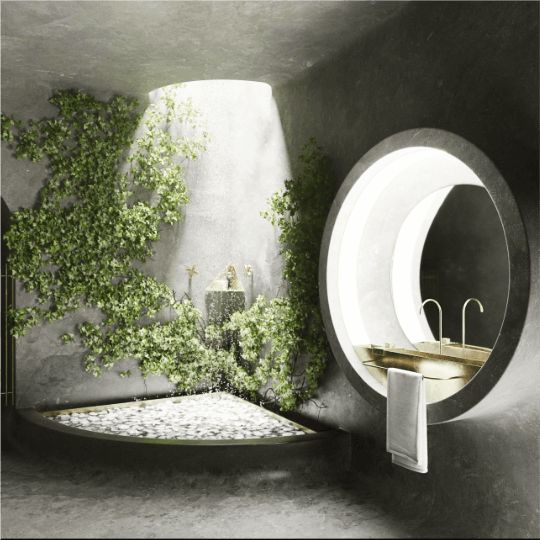
2. Sustainable Design and Eco-Friendly Materials:
With growing awareness of environmental concerns, sustainability has become a top priority in interior design. Designers are increasingly opting for eco-friendly materials and adopting sustainable practices. Recycled, upcycled, and renewable materials are gaining popularity, reducing the environmental impact of interior spaces.
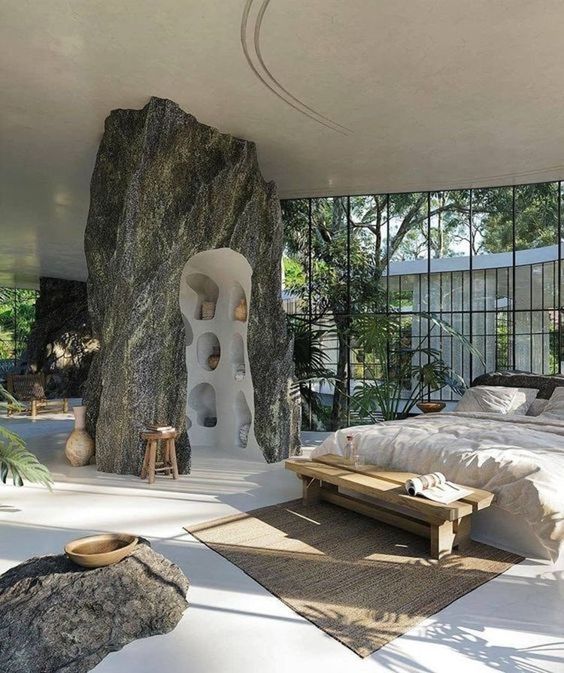
3. Biophilic Design and Wellness:
Biophilic design, inspired by our innate connection with nature, seeks to incorporate natural elements into interior spaces. By integrating greenery, natural light, and water features, biophilic design promotes well-being and reduces stress. Wellness-centric spaces are becoming a vital trend, prioritizing health and comfort.
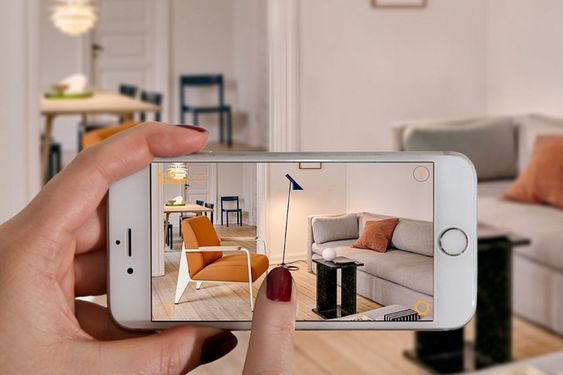
4. Virtual Reality and Augmented Reality:
Virtual Reality (VR) and Augmented Reality (AR) are transforming the design process. Designers and clients can now visualize and experience spaces virtually, making it easier to experiment with various design elements before implementation. VR and AR are revolutionizing client-designer interactions, leading to better-informed decisions.

5. Minimalism and Multifunctional Spaces:
In an era of increasing urbanization and space constraints, minimalism and multifunctional spaces are gaining prominence. Designers are focusing on clean lines, clutter-free environments, and versatile furniture to optimize space usage. Flexibility and adaptability are key features, allowing rooms to serve multiple purposes.
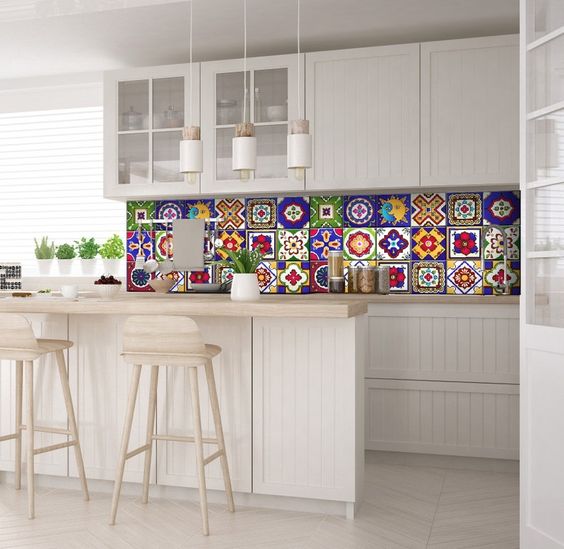
6. Cultural Fusion and Personalization:
Embracing diverse cultural influences is becoming a hallmark of contemporary interior design. Designers are blending various styles and aesthetics to create unique and personalized spaces that reflect individual tastes and backgrounds. This cultural fusion leads to captivating and inclusive designs.
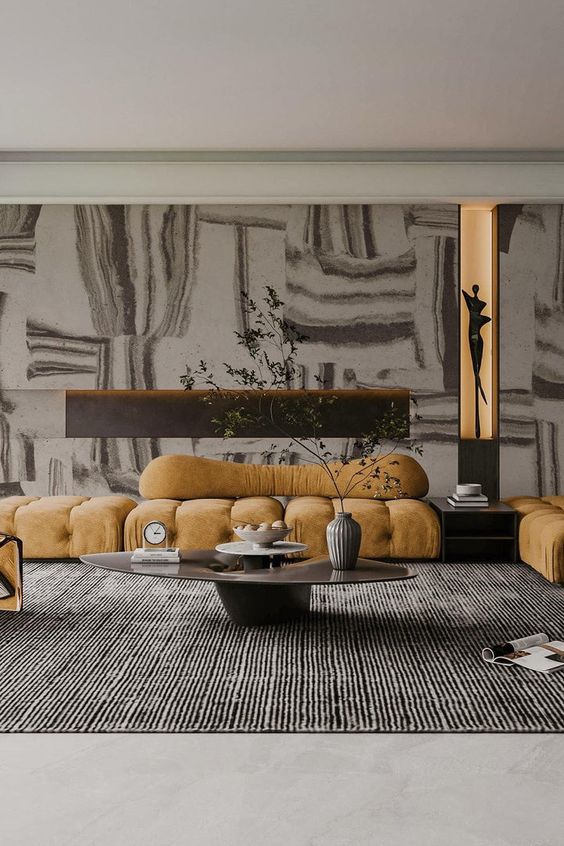
7. Art and Technology Fusion:
The intersection of art and technology is redefining interior design aesthetics. Digital art, interactive installations, and projection mapping are adding a new dimension to spaces, making them more dynamic and engaging. The integration of art and technology elevates the overall sensory experience within interiors.
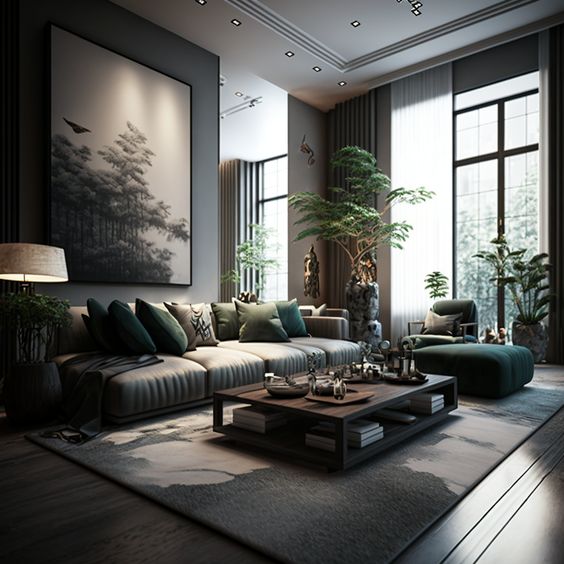
8. Globalization and Collaboration:
Technology is facilitating collaboration among designers worldwide. Globalization allows designers to draw inspiration from different cultures and design traditions, resulting in fresh and innovative approaches. Cross-cultural collaboration enriches design aesthetics, fostering creativity.
The future of interior design is a thrilling journey filled with groundbreaking innovations and trends. As technology continues to advance, we can expect smart homes and VR/AR experiences to become more accessible.
Sustainable and wellness-driven designs will take center stage, promoting environmental consciousness and human well-being. Meanwhile, the blending of cultural influences and the fusion of art and technology will create captivating, personalized, and interconnected spaces that inspire and delight.


